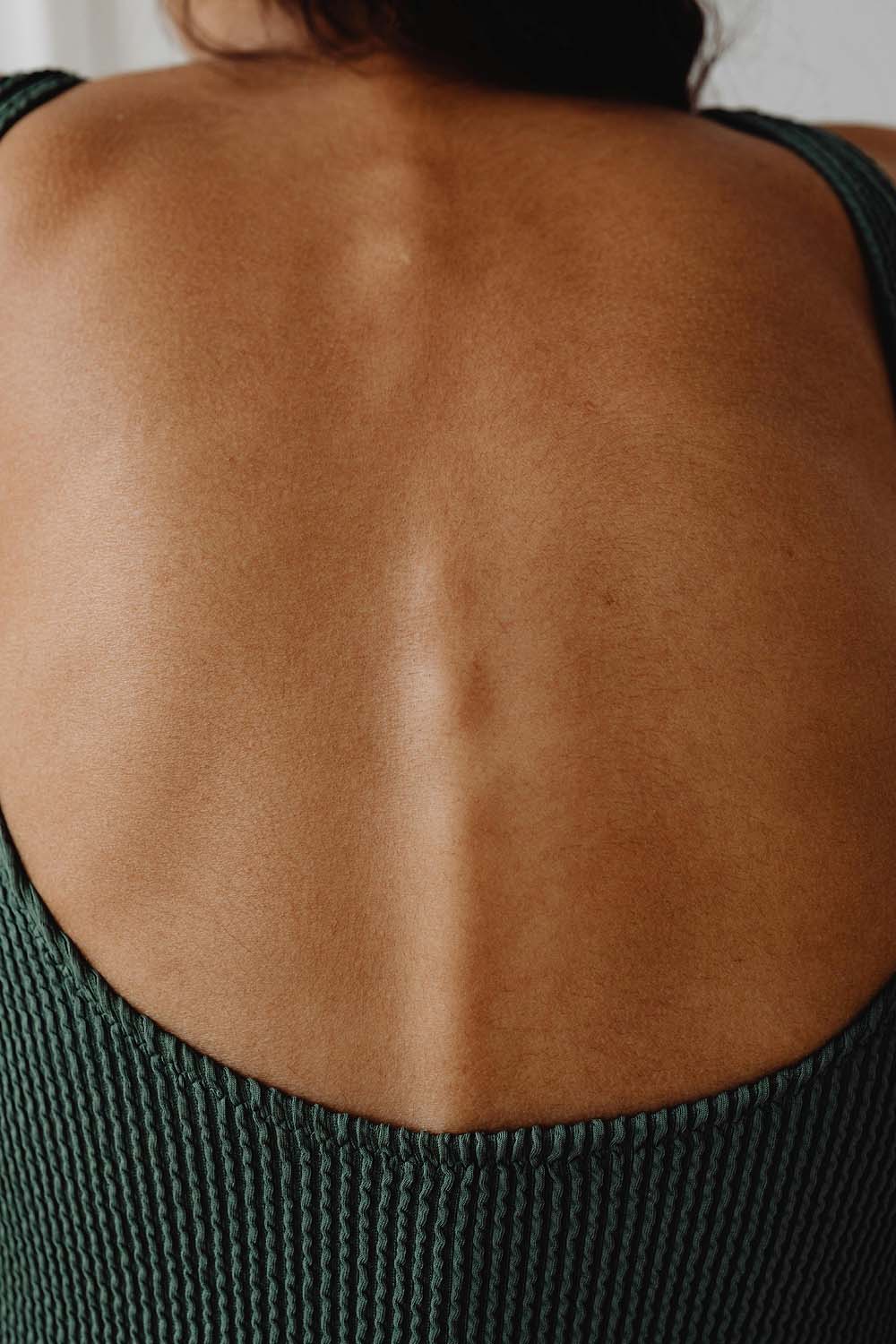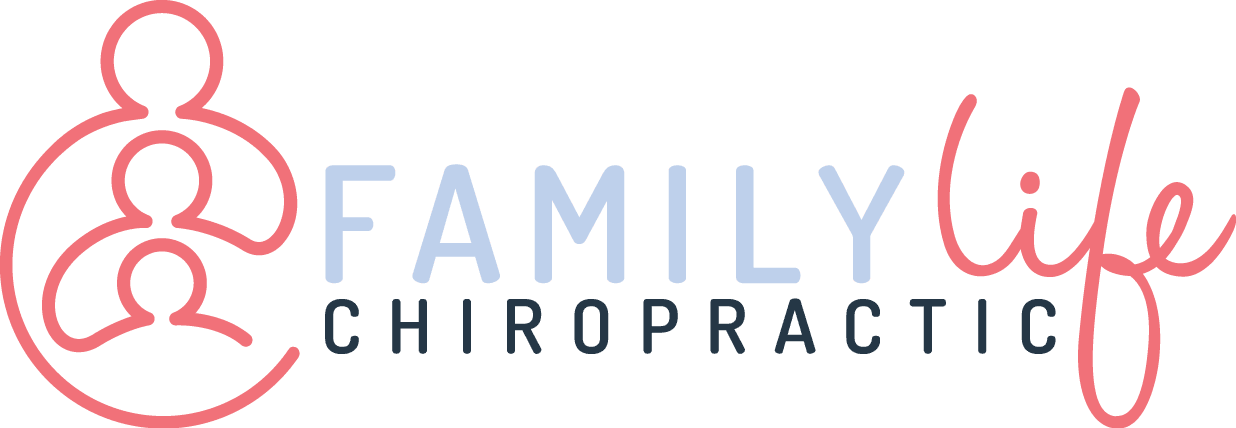Summer has arrived and the temperature is warming up! Activities turn from indoors to outside…

Adolescent Scoliosis: Causes, Symptoms & Treatment.
What Is Adolescent Scoliosis?
Adolescent scoliosis is a condition where a child’s spine develops an abnormal sideways curve, sometimes with a twist, usually during the rapid growth phase before puberty, between ages 10 and 18. Most teens with scoliosis are otherwise healthy, and while the exact cause isn’t known, it likely involves a mix of genetics and environmental factors.
The severity of scoliosis can vary — some kids only have a slight curve causing minor unevenness in their shoulders or hips that often goes unnoticed, while others may develop more noticeable changes like a rib hump or leaning posture. If left untreated, scoliosis can cause back pain and muscle strain. That’s why early screening and monitoring are so important to catch it early, manage any progression, and help your child maintain a healthy spine as they grow.
Key Statistics:
Affects approximately 2% to 3% of children aged 10 to 18
Girls are eight times more likely than boys to develop curves needing treatment
Common Causes of Scoliosis in Adolescents
While the exact cause of adolescent scoliosis is often unknown (idiopathic scoliosis), several factors may contribute:
-
Genetic predisposition (family history of scoliosis)
-
Uneven muscle development or strength
-
Growth spurts causing rapid spinal changes
-
Neuromuscular conditions (less common)
Signs and Symptoms to Watch For
Parents and teens should be vigilant for these common signs of scoliosis:
-
Uneven shoulders or shoulder blades
-
One hip appearing higher than the other
-
Prominent ribs on one side when bending forward
-
Clothes not fitting properly due to uneven posture
-
Complaints of back pain or stiffness
If any of these symptoms are noticed, it’s important to see a healthcare professional for assessment.
Posture changes to observe in teenage children
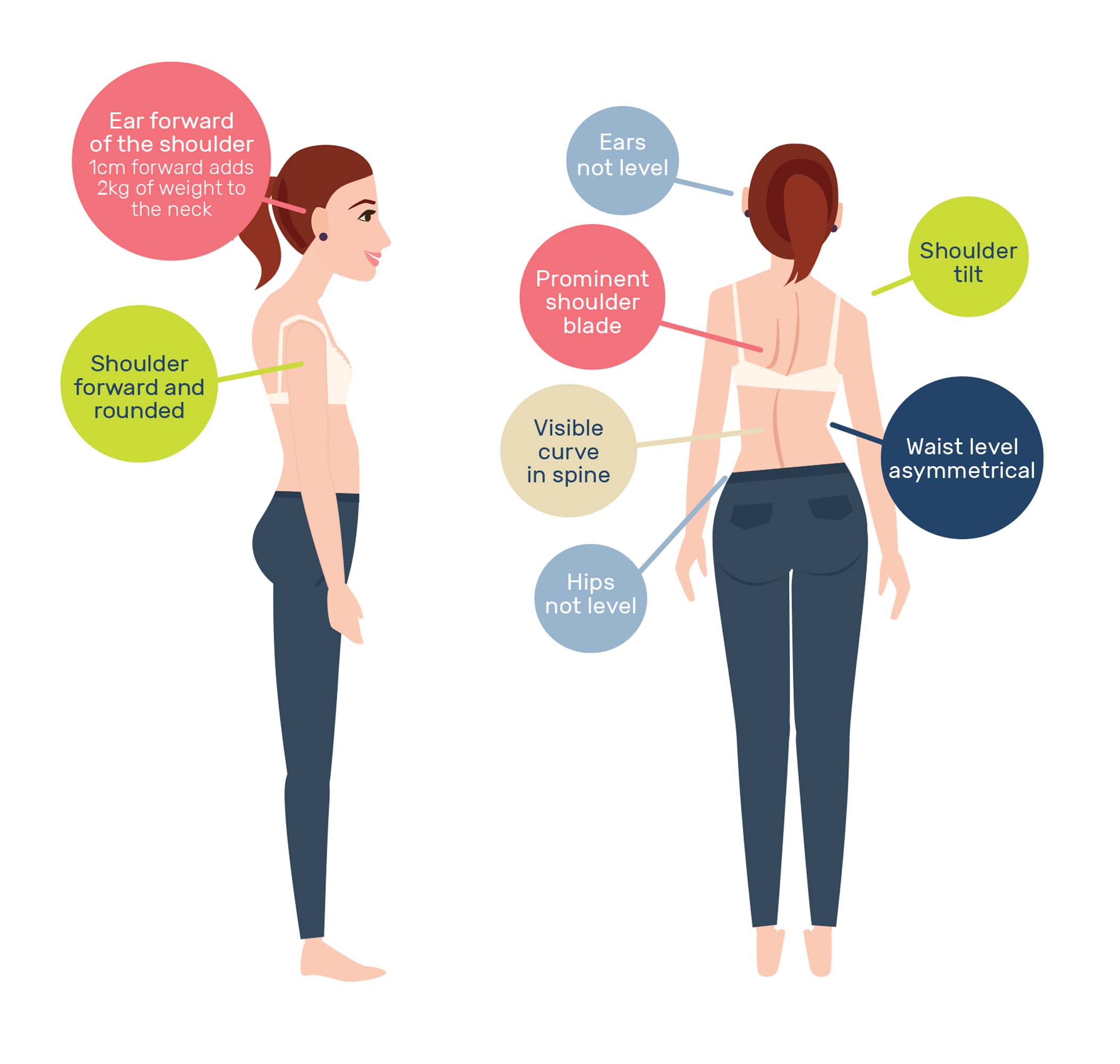
How Is Adolescent Scoliosis Diagnosed?
Diagnosing adolescent scoliosis usually begins with a thorough physical examination by a healthcare professional. One common screening tool is the Adam’s Forward Bend Test, where your child bends forward at the waist with arms hanging down. This position makes it easier to spot any unevenness or asymmetry in the rib cage or spine, which may indicate a spinal curve.
If scoliosis is suspected during the physical exam, the next step typically involves imaging tests, most commonly X-rays. These images allow the doctor to see the spine clearly and measure the degree of curvature using the Cobb angle, a standard way to quantify scoliosis severity. The Cobb angle helps determine whether the curve is mild, moderate, or severe, and guides treatment decisions.
Because scoliosis can progress as your child grows, ongoing monitoring over time is essential. This usually means repeat check-ups and follow-up X-rays every few months during growth spurts to track whether the curve is stable or worsening. Early diagnosis and regular monitoring are crucial because timely intervention can prevent the curve from advancing and reduce the need for more invasive treatments.
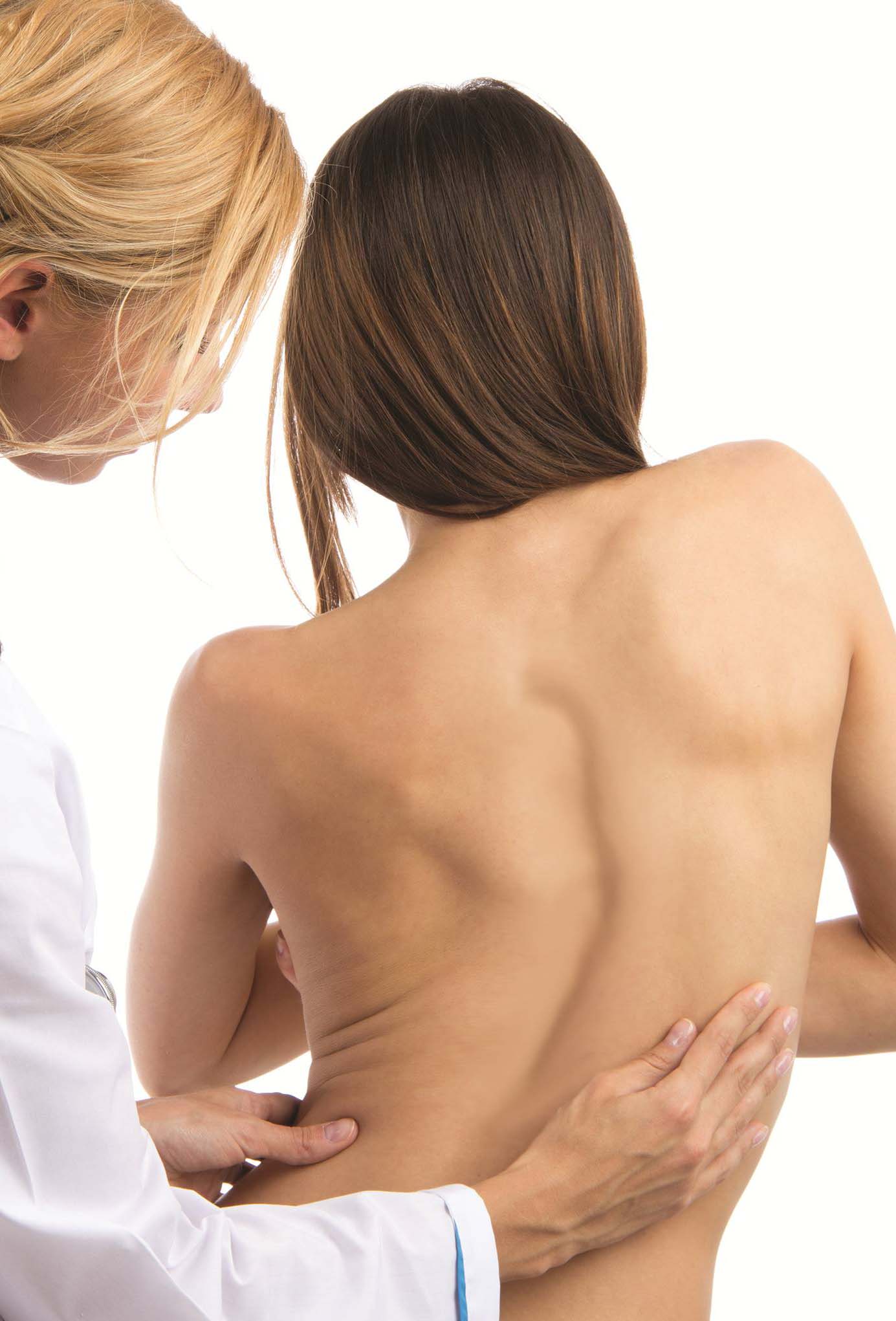
Adolescent Scoliosis and Its Impact on Body Image and Mental Health
Adolescence is a crucial time for developing self-esteem and body image, and scoliosis can significantly impact a teen’s mental well-being. Visible changes like uneven shoulders or a rib hump may cause self-consciousness, embarrassment, and social anxiety. This can lead to isolation, decreased participation in activities, and lowered confidence. Additionally, physical discomfort and the demands of wearing a brace can add emotional strain and affect daily life.
It’s important for parents, caregivers, and healthcare providers to offer compassionate support by encouraging open communication, educating teens about scoliosis, and connecting them with counseling or support groups when needed. A multidisciplinary approach that addresses both the physical and emotional challenges of adolescent scoliosis helps teens maintain a positive outlook and improves overall outcomes.

Can Chiropractic Care Help Adolescent Scoliosis?
Chiropractic care can play a valuable role as part of a multidisciplinary approach to managing adolescent scoliosis. Chiropractors are spinal experts who use gentle spinal adjustments, postural correction, and rehabilitation exercises to improve spinal function, reduce discomfort, and support overall musculoskeletal health. This care can help adolescents manage pain, improve posture, and enhance their quality of life.
However, it is important to understand that chiropractic care alone cannot stop the progression of idiopathic scoliosis, which is the most common form seen in adolescents. Because scoliosis progression depends on factors like growth and curve severity, the most effective management often involves co-management with other healthcare professionals, including spinal bracing specialists. Bracing is currently the only widely accepted non-surgical treatment proven to slow or prevent curve progression in growing teens.
At Family Life Chiropractic, we have established relationships with experts like ScoliCare to provide a trusted referral network. Should a diagnosis of scoliosis become evident, we’re here to support your journey by connecting you with the right specialists and helping coordinate multidisciplinary care. This collaborative approach offers the best chance to support your teen’s spine health and overall well-being.
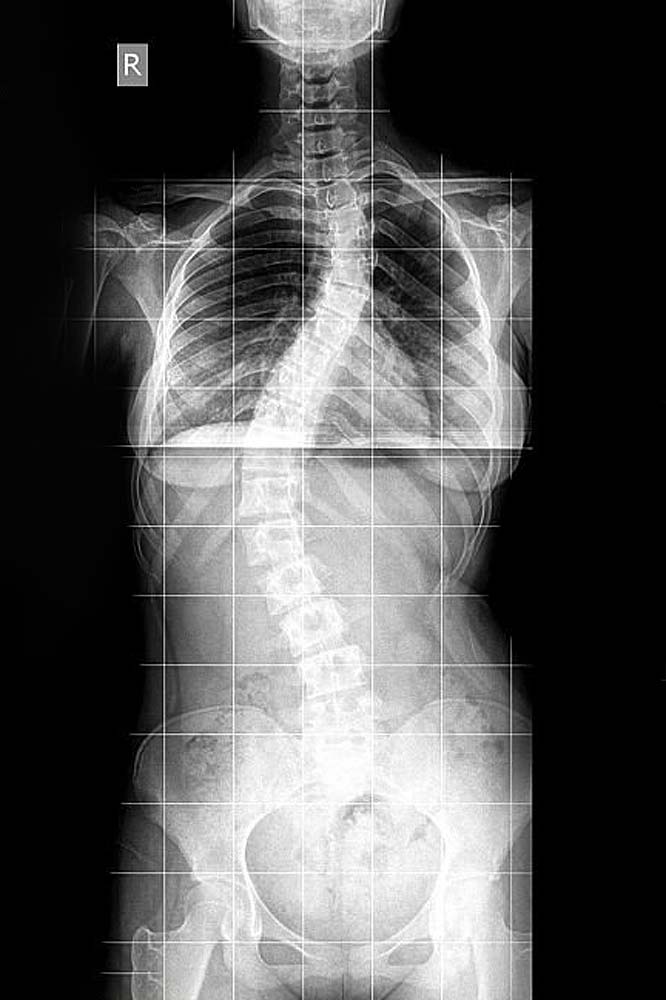
For a simple and convenient way to check for scoliosis at home, try ScoliScreen — a free web-based screening tool developed in partnership with Macquarie University (Australia). Backed by independent research, ScoliScreen lets you regularly assess your growing child or loved ones privately at home, helping ensure early signs of scoliosis don’t go unnoticed.
Note: This tool does not replace a professional assessment by a healthcare expert.
Don’t Fear the Worst: Not Every Posture Change Means Scoliosis
It’s important to remember that not every posture change, shoulder unevenness, or slight deviation from a perfectly straight spine indicates idiopathic adolescent scoliosis. In fact, the vast majority of spinal changes seen in adolescents are simply postural adaptations resulting from poor or repetitive habits rather than true scoliosis.
However, if you or your teenager have any concerns about their spine or posture, it’s critical to seek the help of a spine health expert promptly. Early assessment is key because scoliosis and spine development issues require timely attention to prevent progression.
An experienced chiropractor can explain your teen’s fundamental exam findings, provide reassurance, and, if necessary, arrange bulk-billed spinal X-rays for further evaluation. We recommend an EOS scan for scoliosis assessment—a quick 20-second full-body spine scan taken in your natural standing position. It uses significantly less radiation than traditional X-rays, making it a safer and highly accurate option for growing teens.
Having helped many teenagers and families navigate the complexities of scoliosis, we know how important it is to rely on professional advice rather than internet searches, which can often be misleading or confusing.
If you would like an assessment or to learn more, please reach out to us to book an appointment online or visit our dedicated scoliosis page.
